ASTANA — Nestled in the northernmost reaches of Kazakhstan, Petropavl sits proudly on the right bank of the Ishim River. This city is distinguished by its unique geographical location, rich historical legacy and distinctive architectural character. The Astana Times offers a weekend guide for those eager to explore the heart of the North Kazakhstan Region.

Photo credit: Shutterstock. Click to see the map in full size. The map is designed by The Astana Times.
Founded in 1752, over 200 years ago, Petropavl began as the main fortress of Russian military fortifications in the picturesque Kyzyl Zhar area, located in the heart of the Ishim steppe.
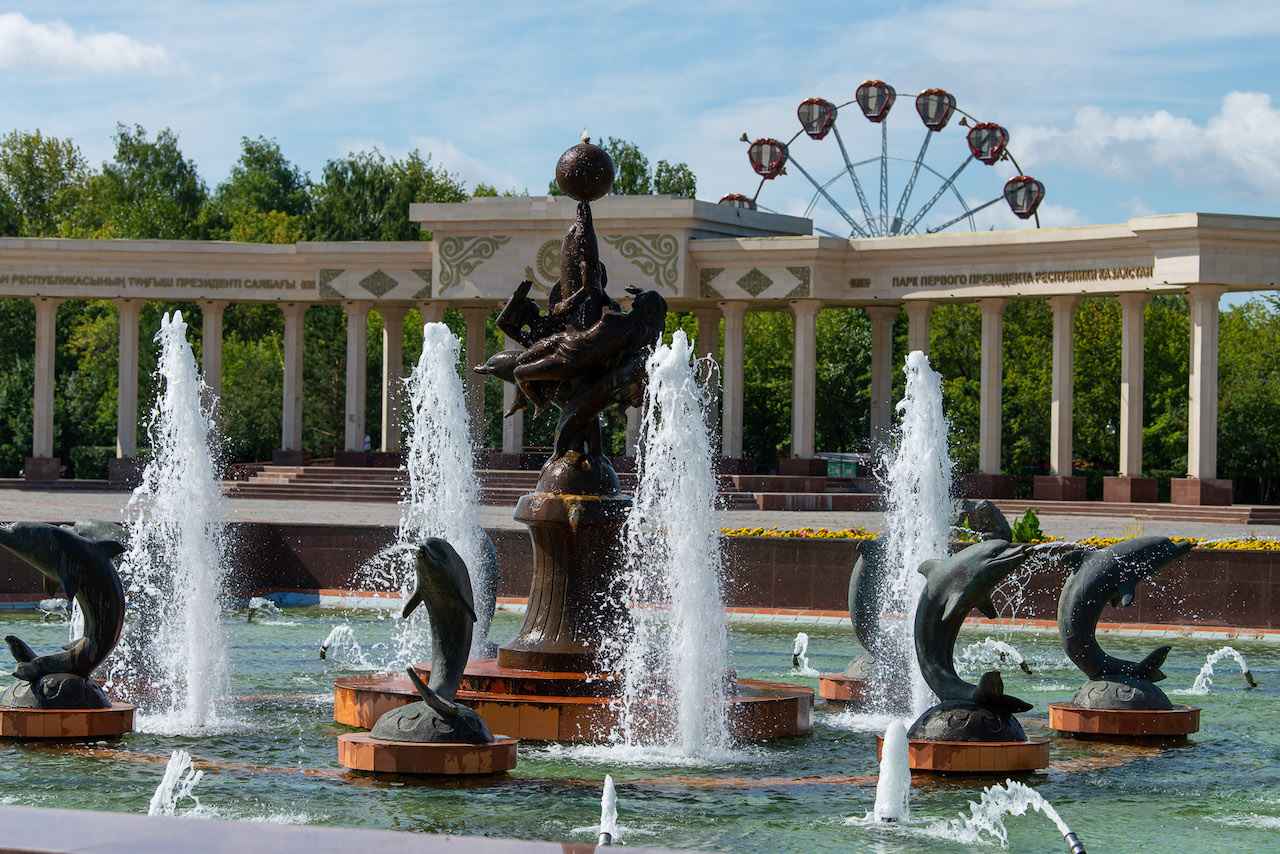
Photo credit: Kanat Ospanov.
Botanical Garden
The Botanical Garden of Petropavl is one of Kazakhstan’s oldest natural treasures, with its origins tracing back to pre-revolutionary 1912. Initially established to cultivate vegetables for a canning factory, the garden has become a true gem of the region.

Photo credit: botanical-garden.kz.
Visitors to the Botanical Garden can enjoy an exotic fruit greenhouse and a winter garden featuring a majestic date palm. The stunning beauty of this place, from its squares and mini-arboretum to the pond for waterfowl, captivates every visitor. The garden also hosts a vivarium where animals and birds are bred, an animal corner with exotic species, and an aquarium with rare fish. The Petropavl Botanical Garden is where every detail creates an atmosphere of tranquility and beauty, making it ideal for strolls and photo sessions.
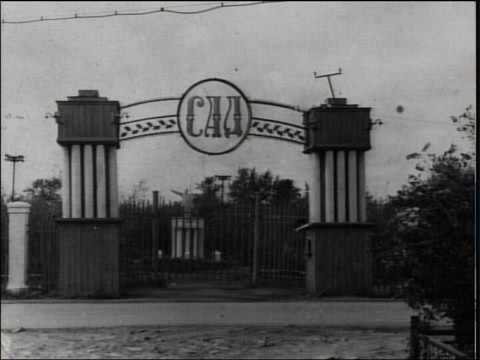
Archival photo of the botanical garden.
Abylai Khan Residence
The Abylai Khan Residence Museum Complex was established as a historical museum on Nov. 13, 2007. Its building is recognized as a monument of urban planning and architecture of national significance. It is one of the first stone structures in the upper town of Petropavl. The complex is deeply connected with the legends and tales surrounding Abylai Khan, a key figure in uniting the Kazakh lands, making it an important symbol of national history.

Abylai Khan Residence Museum Complex in Petropavl. Photo credit: qazaqstan3d.kz.
Originally built from wood in 1765, the Abylai Khan Residence served as a place where the Khan resolved important matters, including land and livestock disputes. The structure was located near St. Peter’s Fortress on a hill in the Ishim River area. However, the fate of the original building remains unknown, as it is believed to have been destroyed in a city fire. In 1829, a stone building known as the White House of Abylai was erected on its site.
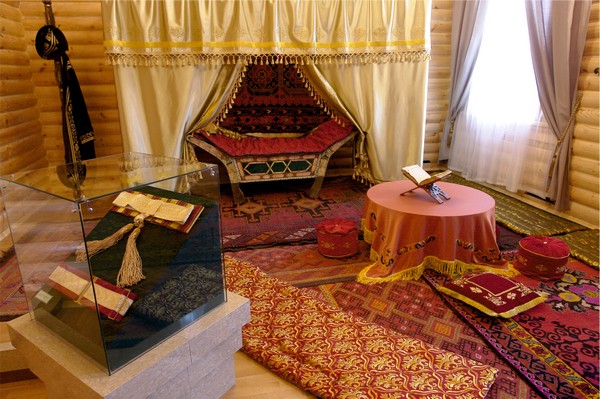
Photo credit: visit.sko.kz.
The Abylai Khan Residence is recognized as the country’s historical and cultural monument. The complex includes the khan’s house, an office, a guest house and a bathhouse. The museum’s exposition consists of four halls: the years of Abylai Khan’s life, the khan’s quarters, the throne room and an exhibition hall dedicated to his activities as a statesman.
Astrophysical Observatory
The Astrophysical Observatory in Petropavl was founded in 1989 under the Department of Physics at Manash Kozybayev North Kazakhstan University. The observatory’s main attraction is a Ritchey-Chrétien telescope with a 0.77-meter aperture, second in capability only to the Fesenkov Astrophysical Observatory telescope in Almaty.

Photo credit: of-sd.ucoz.net.
Equipped with modern technology, including projection equipment from Learning Technologies, the observatory has become a symbol of the university, with its iconic equipment installed in the building’s dome. One of the highlights of the observatory is the planetarium, where visitors can enjoy a high-quality color projection of over 3,000 stars from each hemisphere of the celestial sphere and the night sky from any point on Earth at any time of year.
During the day, visitors can learn about the structure of the Solar System and deep space objects, with lectures providing detailed insights. In the evening, tours offer real-time views of celestial objects within and beyond the Solar System.
Botai Culture
In northern Kazakhstan, the relationship with horses has deep historical roots. Near Petropavl lies the ancient settlement of Botai, where archaeologists have proven that the first horses in the world were domesticated around 5,000 years ago. This discovery makes Botai an important site not only for the region but also for world history.
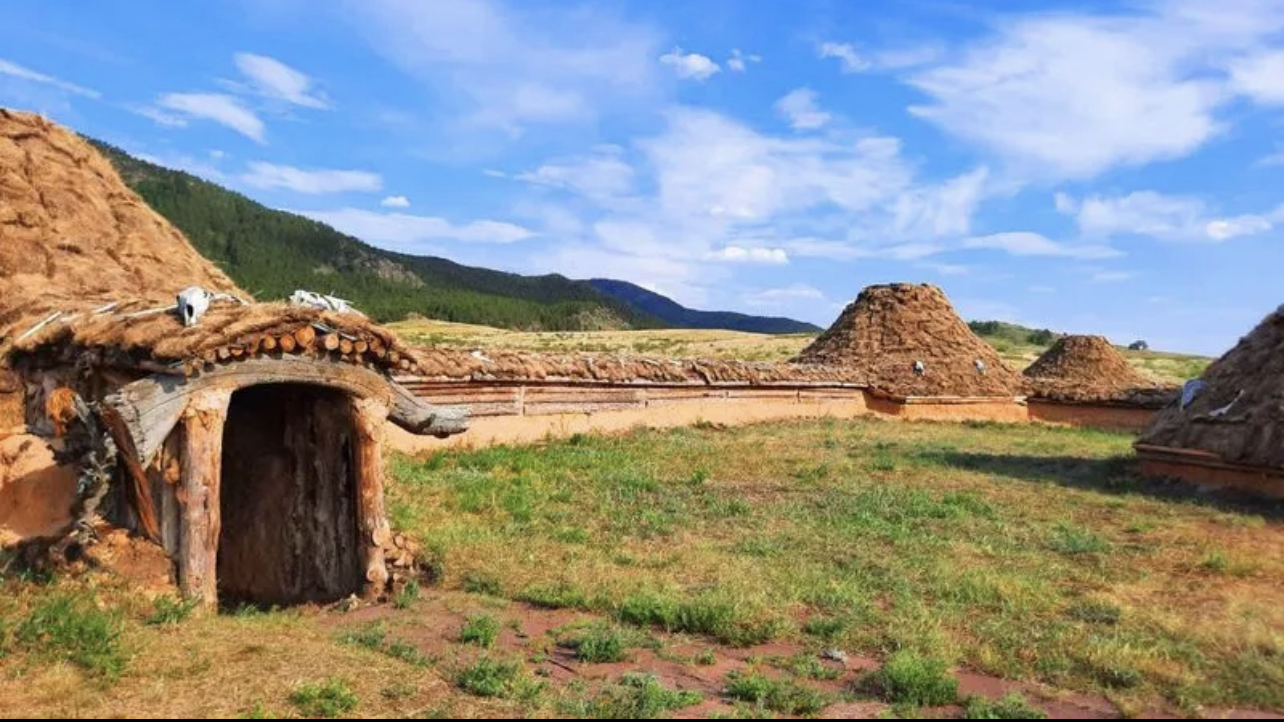
Photo credit: botaimuseum.kz.
The Botai culture, which existed on the territory of modern Kazakhstan around 3,700 B.C.E, is renowned as one of the first where ancient humans began to domesticate horses. The Botai settlement was discovered in 1980 by an archaeological expedition led by Viktor Zaibert. Extensive research following its discovery confirmed that the ancient inhabitants of this area were engaged in horse breeding, hunting and fishing.
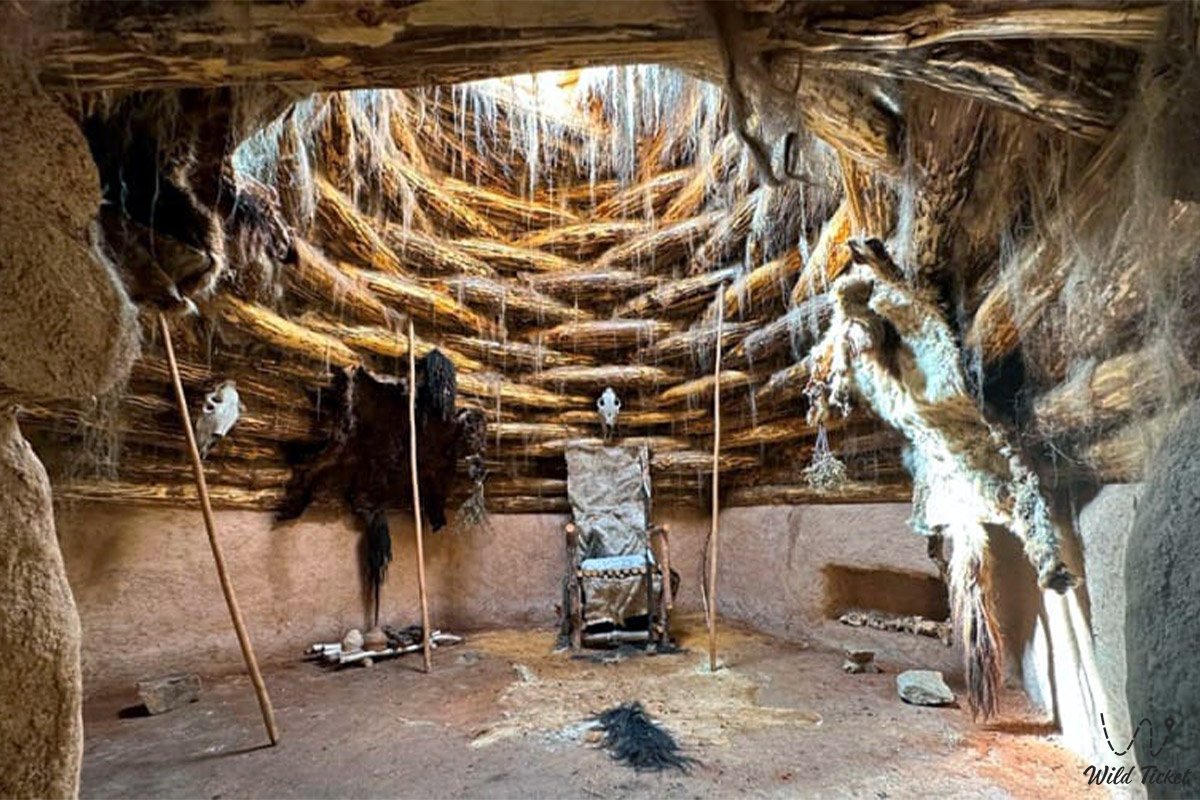
Photo credit: Alexander Petrov.
Located near the village of Nikolskoye on the banks of the Imanburlyk River, the Botai settlement covers an area of 15 hectares. Archaeologists have excavated 158 houses. Botai is recognized as a key site in the study of early Eurasian horse breeders, solidifying Kazakhstan’s status as the primary center of horse domestication.


